What It Takes To Reintroduce Wolves Into The Wild
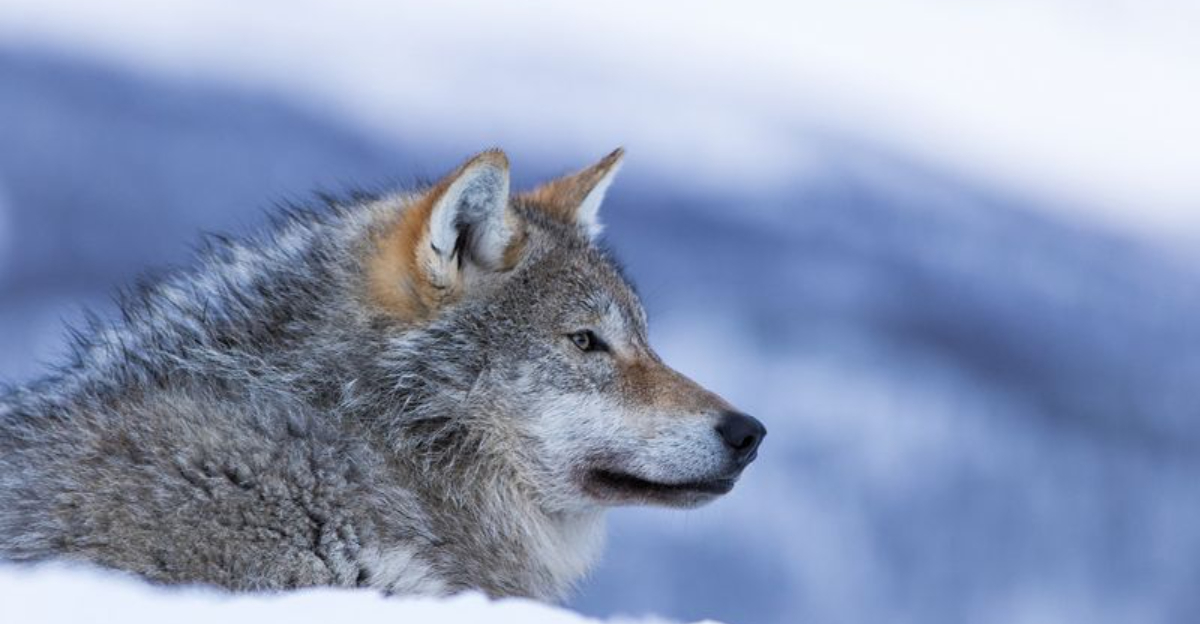
Bringing wolves back to their native habitats isn’t as simple as opening a cage door and wishing them good luck.
This complex process requires careful planning, scientific expertise, and community cooperation. Wildlife experts must balance ecological needs with human concerns to ensure these magnificent predators can once again thrive in wilderness areas they once called home.
1. Years Of Scientific Research
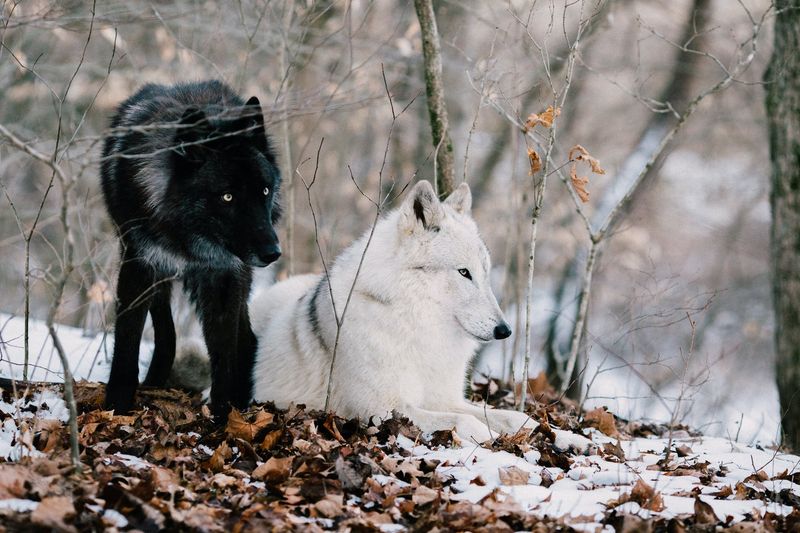
Before a single wolf paw touches new territory, scientists spend countless hours studying everything from prey availability to habitat suitability. They pore over maps, track animal populations, and analyze soil samples.
Computer models help predict how wolf packs might spread and interact with existing wildlife. This foundation of knowledge helps prevent costly mistakes that could doom the entire project.
2. Finding The Right Wolf Candidates
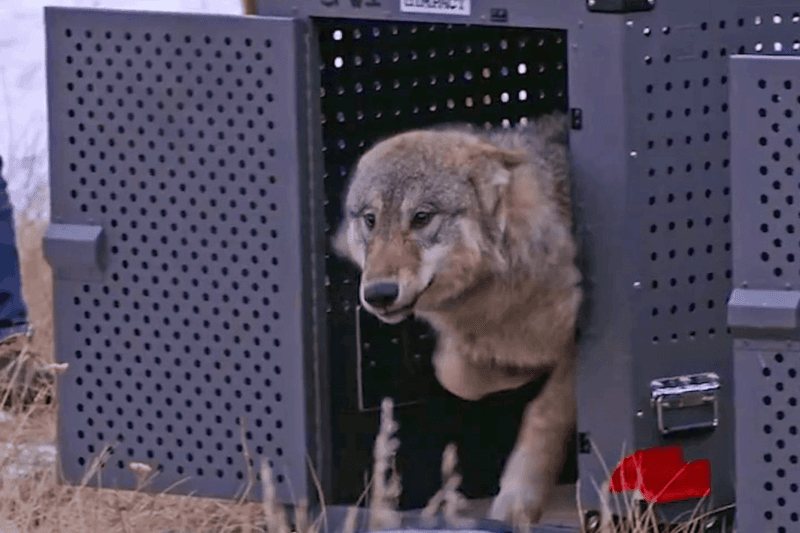
Not just any wolf can be relocated successfully. Selection teams look for healthy individuals with strong genetic profiles and minimal human contact. Young adults typically adapt better than older wolves set in their ways.
DNA testing ensures diverse bloodlines that will strengthen future generations. The perfect candidates need both physical fitness and adaptable personalities to survive the transition.
3. Specialized Transportation Methods
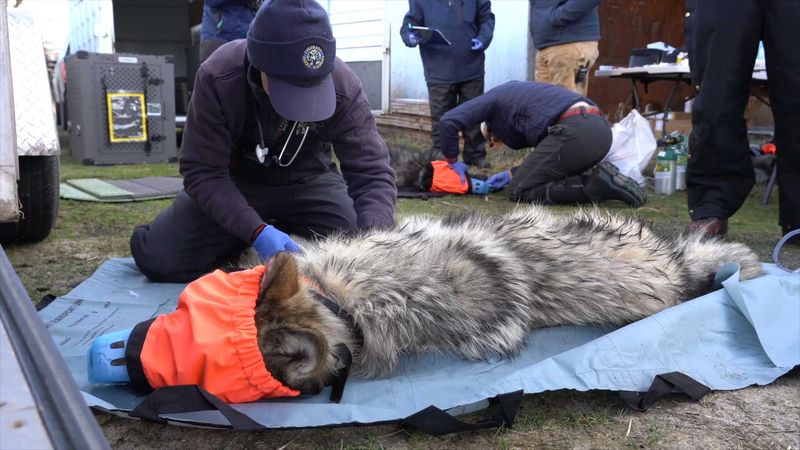
Moving predators weighing up to 130 pounds requires custom equipment and vehicles. Special crates must be secure yet comfortable for journeys that might last many hours. Temperature control prevents overheating during summer transports.
Veterinarians often travel alongside to monitor stress levels and administer calming medications if needed. Every detail matters when moving these sensitive animals to their new homes.
4. Remote Release Sites
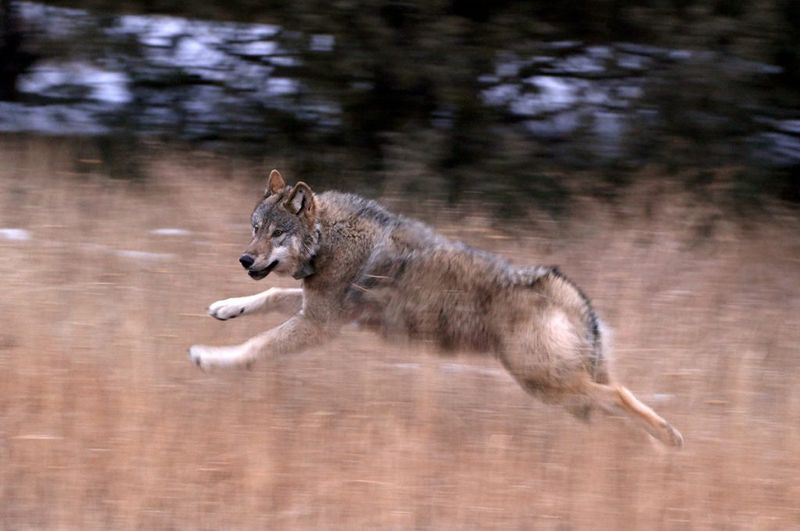
Ideal wolf release locations lie far from human settlements but close enough to monitoring stations. Rangers scout these areas extensively, looking for natural features like water sources, den possibilities, and prey concentrations.
The best sites offer natural boundaries like rivers or mountain ranges that initially contain wolf movements. Access roads must be limited to prevent curious humans from disturbing newly released animals during their critical adjustment period.
5. Advanced Tracking Technology
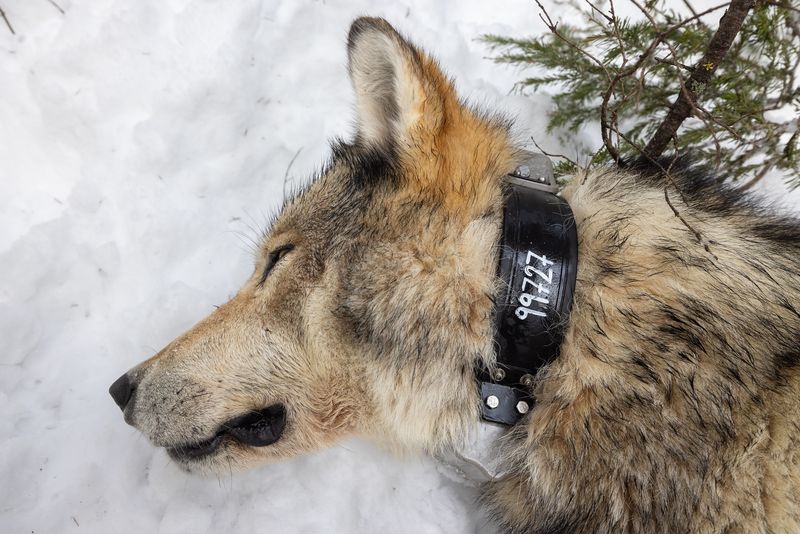
Modern wolf collars do more than just ping locations. They record activity patterns, hunting success, and even howling frequencies through sophisticated sensors. Solar-powered batteries extend monitoring capability for years without recapturing animals.
Satellite uplinks transmit data in real-time to research stations. This wealth of information helps scientists understand how successfully wolves are adapting to their new environment without constant human observation disturbing them.
6. Livestock Protection Programs
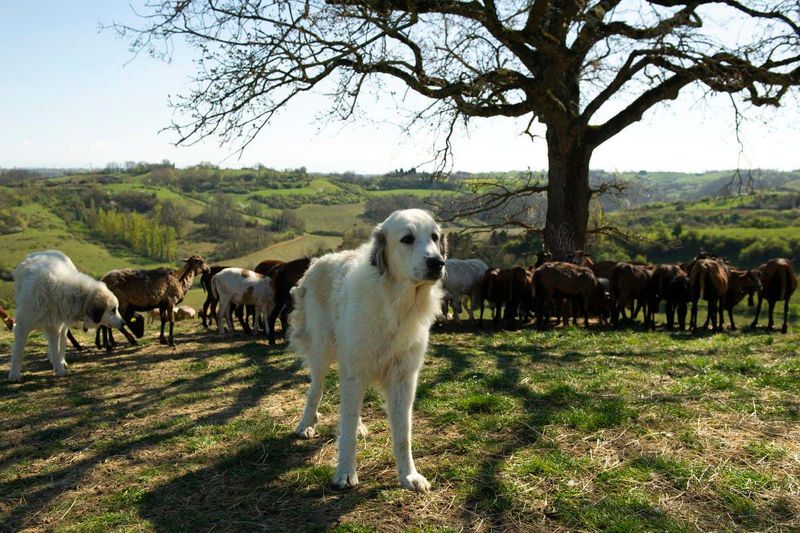
Ranchers near reintroduction zones need support to protect their animals. Conservation groups often provide guard dogs, special fencing, and training in wolf deterrent techniques. Some programs offer compensation for verified wolf predation.
Mobile response teams help investigate potential wolf encounters quickly. These proactive measures build goodwill with local communities while protecting both livestock and newly reintroduced wolves from harmful confrontations.
7. Public Education Campaigns
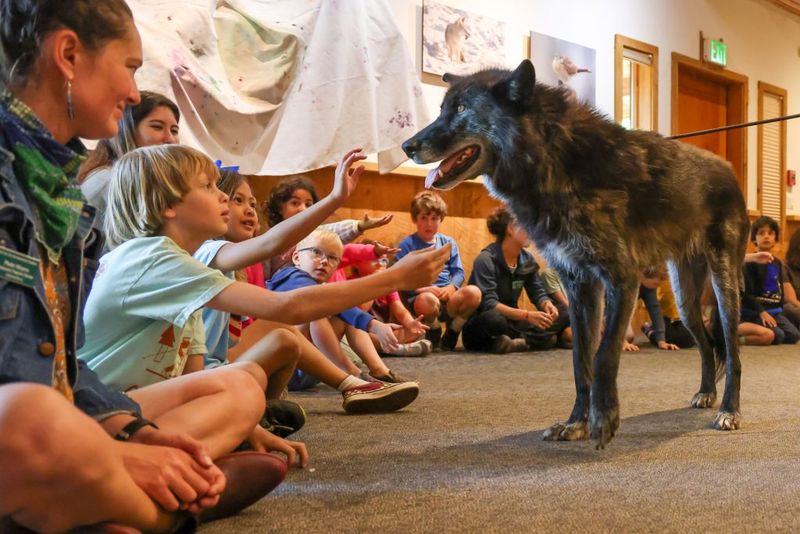
Fear often stems from misunderstanding, so effective education programs target schools, community centers, and online platforms. Interactive displays let people experience wolf ecology through games and simulations rather than dry lectures.
Rangers visit classrooms with life-sized models and paw prints. By replacing myths with facts, these programs build crucial public support for reintroduction efforts and teach communities how to safely coexist with their new wild neighbors.
8. Legal Protection Frameworks
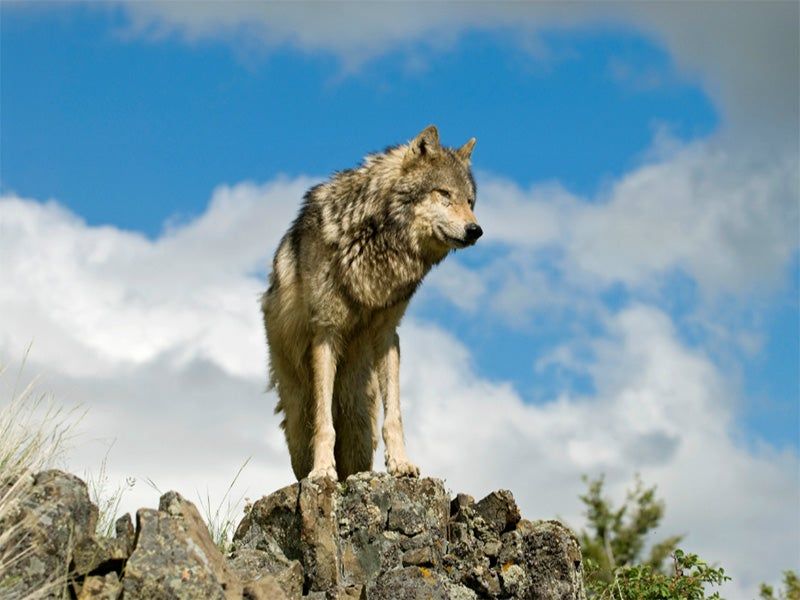
Wolves need robust legal shields to thrive in today’s world. Lawyers and policy experts craft specific regulations protecting newly established populations from hunting, harassment, or habitat destruction.
Conservation easements preserve crucial travel corridors between wolf territories. Without these legal safeguards, even the best-planned reintroduction can quickly unravel through human interference or political pressure from groups opposed to predator restoration.
9. Emergency Response Protocols
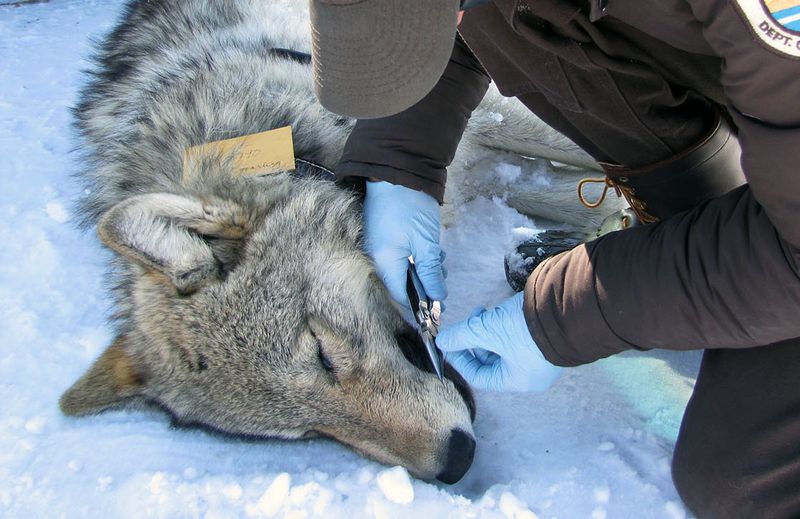
Even with perfect planning, wolves sometimes wander where they shouldn’t. Rapid response teams stand ready with specialized equipment for humane capture and relocation of problem animals. Veterinarians train to treat injuries that might occur during these operations.
Decision trees guide when intervention is necessary versus when wolves should be left alone. These protocols balance public safety with animal welfare while avoiding unnecessary handling that could harm reintroduction success.
10. Prey Population Management
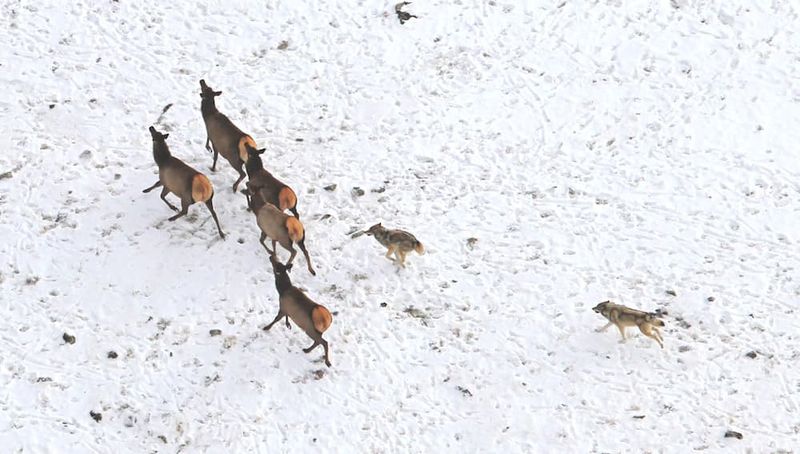
Hungry wolves need plenty to eat, so biologists carefully monitor deer, elk and other prey species. Sometimes hunting quotas for humans must be adjusted to ensure enough food remains for wolves during their establishment phase.
Habitat improvement projects might include prescribed burns to enhance grazing areas. This delicate balancing act ensures wolves can hunt successfully without decimating prey populations that other predators and human hunters also depend upon.
11. Multi-Agency Coordination
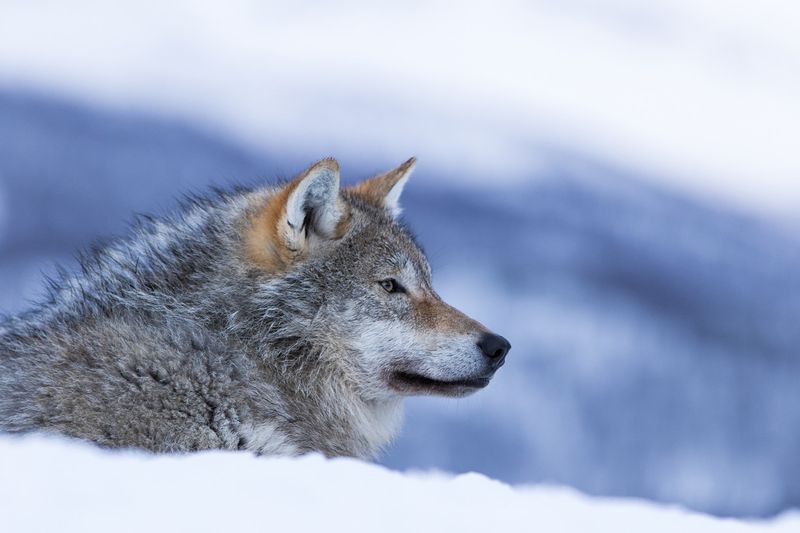
Wolf projects bridge jurisdictional boundaries, requiring seamless cooperation between federal, state, tribal, and sometimes international agencies. Regular coordination meetings keep everyone aligned on goals and responsibilities.
Shared databases prevent information silos that could hamper decision-making. When multiple agencies work together effectively, wolves benefit from consistent management approaches across their entire range regardless of invisible human boundaries they regularly cross.
12. Long-Term Funding Commitments
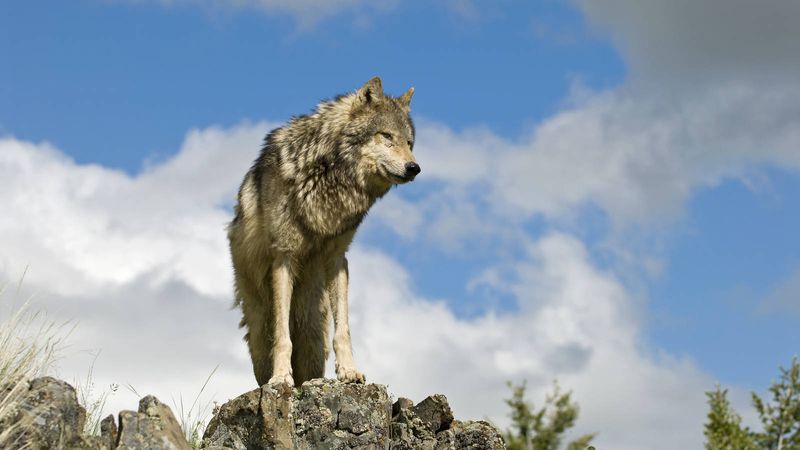
Reintroducing wolves costs millions and requires decades of sustained investment. Grant writers secure diverse funding sources from government allocations, private foundations, and public donations to prevent budget gaps.
Endowments ensure monitoring can continue even during economic downturns. The most successful programs establish dedicated revenue streams like conservation license plates or voluntary tax check-offs that provide reliable annual funding for ongoing wolf management needs.
13. Genetic Diversity Planning
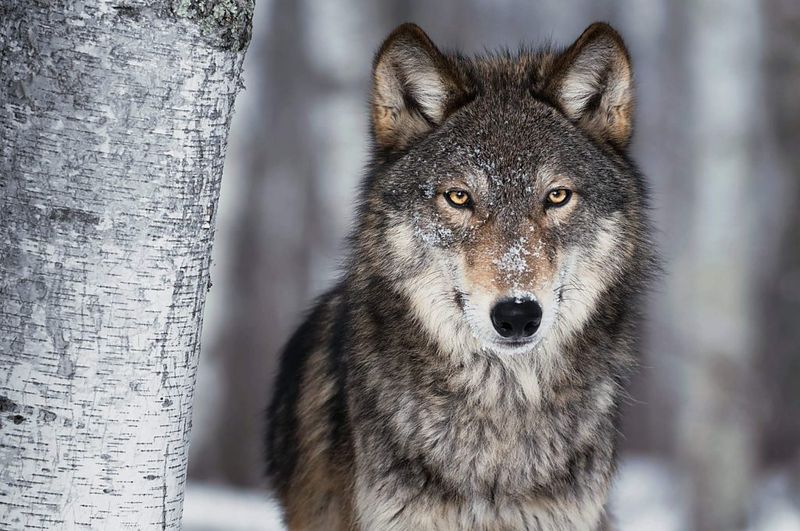
Small founder populations risk inbreeding depression without careful genetic management. Scientists create detailed pedigrees tracking every animal’s lineage to guide future releases and prevent unhealthy pairings.
Occasionally, new wolves must be introduced to refresh the gene pool. DNA banking preserves genetic material from key individuals as insurance against future bottlenecks. These genetic considerations ensure reintroduced populations remain healthy and adaptable for generations to come.
14. Patience Through Natural Setbacks
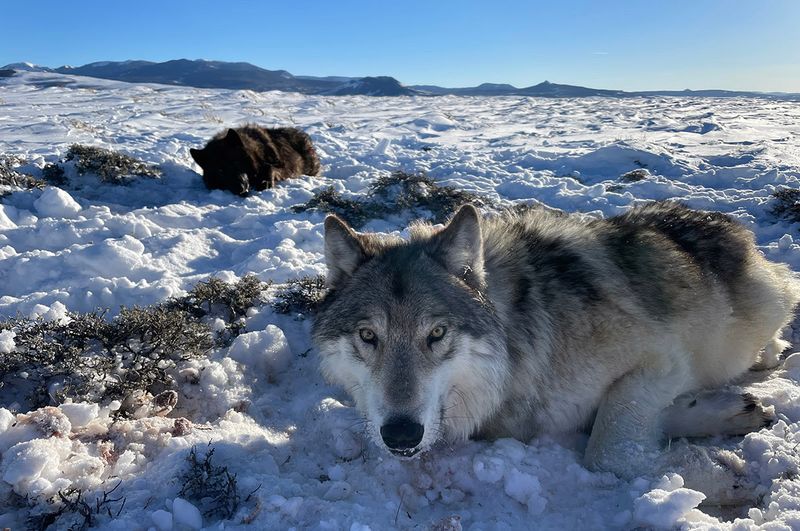
Nature throws curveballs – disease outbreaks, extreme weather, or unexpected predator conflicts can derail progress. Successful programs build in flexibility to weather these challenges without abandoning core goals.
Recovery timelines span decades, not years. Teams celebrate small victories while maintaining perspective during inevitable setbacks. This resilient mindset sustains motivation through the long, unpredictable journey of bringing wolves back to landscapes where they’ve long been missing.






